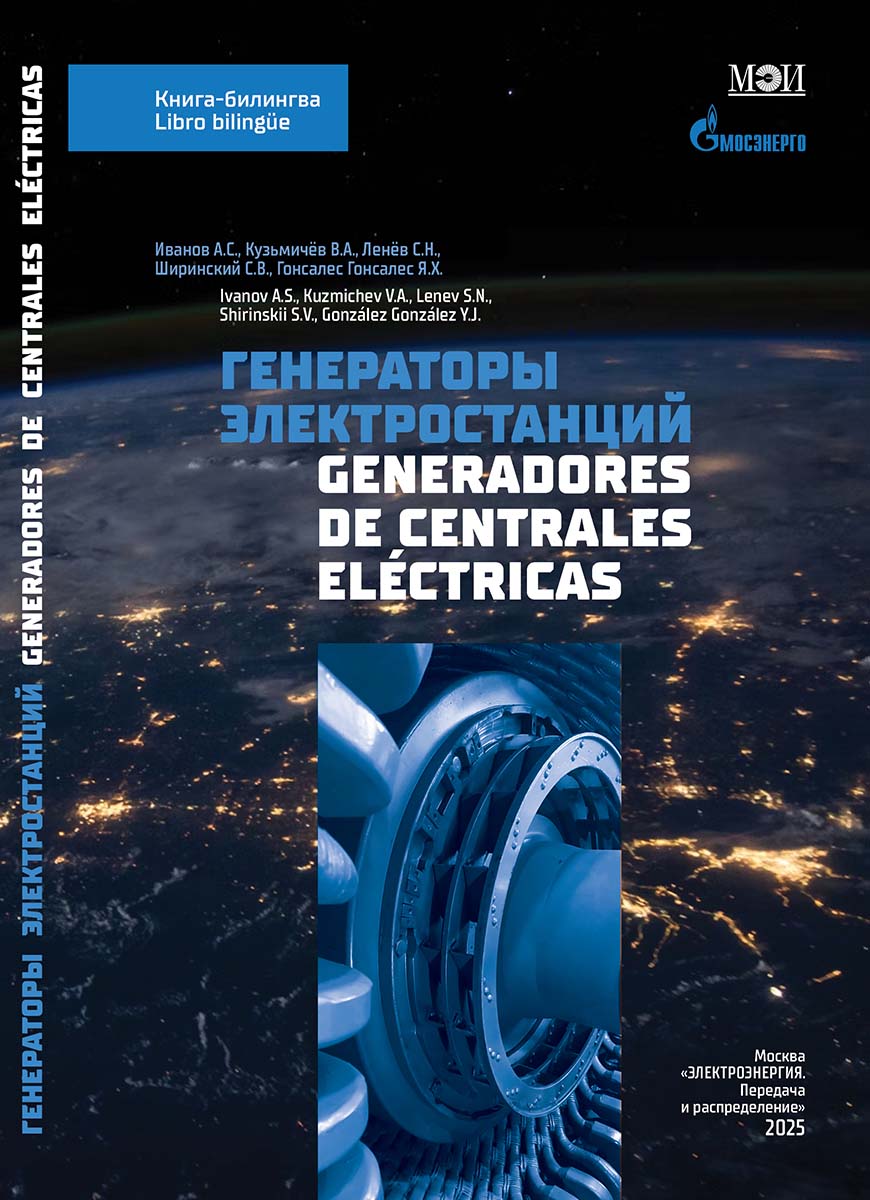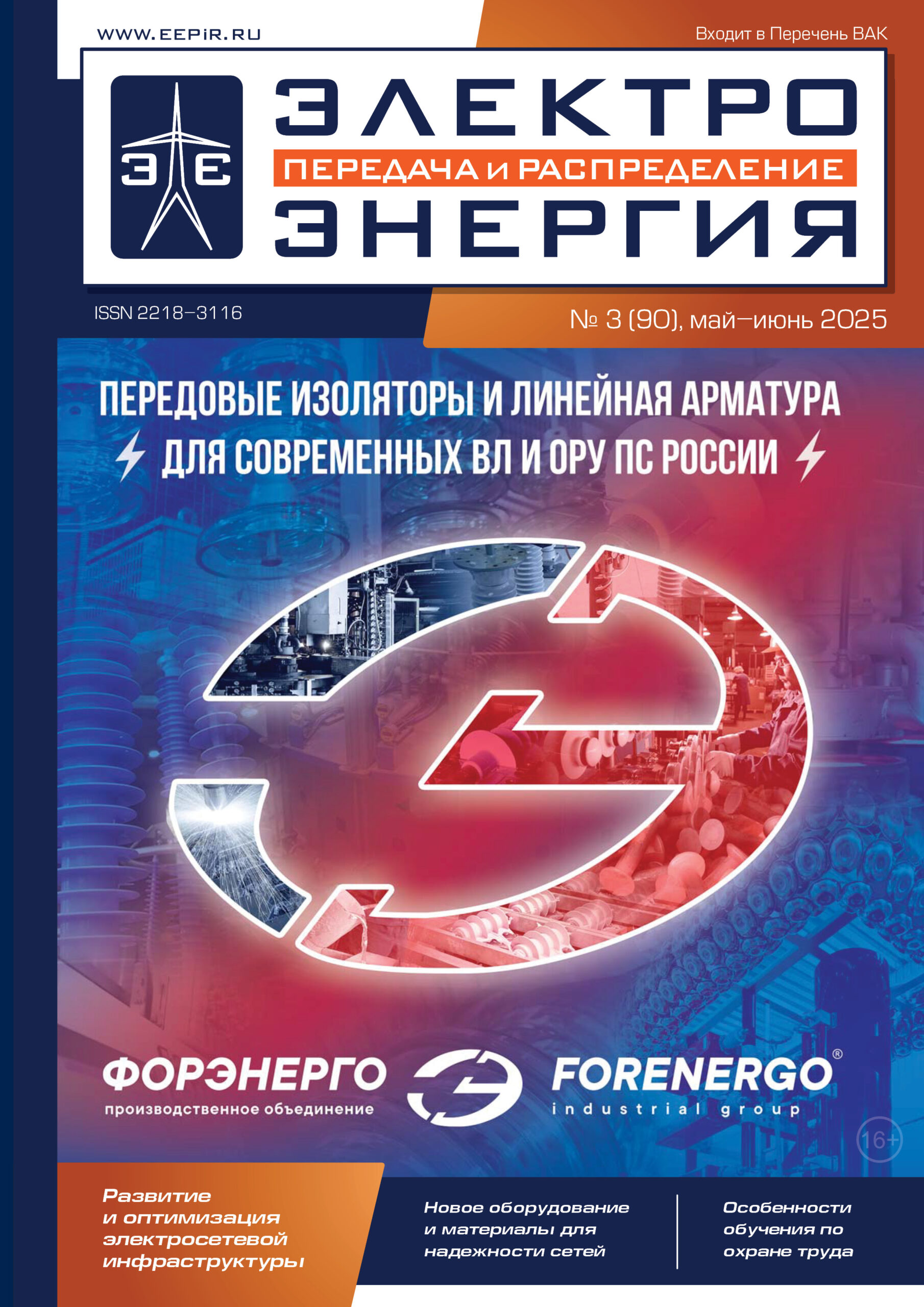
The MAIN JOURNAL for POWER GRID SPECIALISTS in RUSSIA
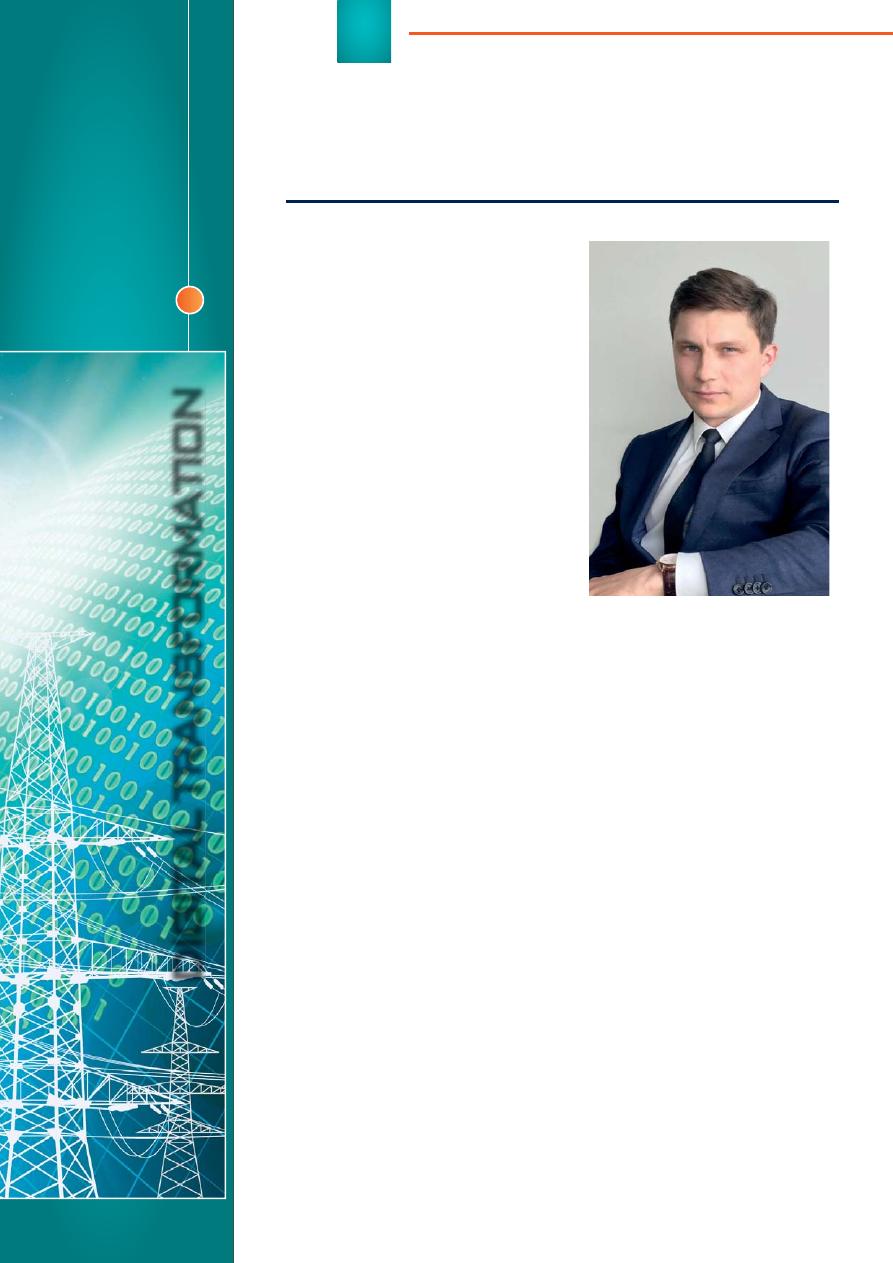
14
In 2022, the Concept for
the Development of Relay
Protection, Automation and
С
omputerized Process Con-
trol Systems of the Inte-
grated Power Grid of the
Rosseti Group of Companies
was approved. The Concept
includes essential measures
required to ensure the reli-
able operation of the inte-
grated power grid. We talk
to Alexander SALENOV, Head
of the Department of Relay
Protection, Metrology, and
С
omputerized Process Con-
trol Systems at PJSC Ros-
seti, about the top requested
technologies and solutions
to provide the required level
of automation in the power
grid sector, as well as Rosseti's efforts to improve relevant
processes, to organize personnel training and to develop
common standards in this area.
d
ig
it
a
l
t
r
a
n
s
f
o
r
m
a
t
io
n
digital transformation
Th
e Digital Foundation
for Power Grids Reliability
— Mr. Salenov, what technol-
ogies does the Rosseti Group
consider to be the most promis-
ing for the automation of power
supply network facilities?
— First of all, we consider the
possibility of using technologies
have already proven their effec-
tiveness and reliability in indus-
trial automation. Foremost we
consider virtualization, cluster-
ing and containerization. These
technologies are still used for de-
velopment of сomputerized pro-
cess control system. However,
now the task we face is devel-
oping and testing a comprehen-
sive typical technical solution for
the automation of facilities using
the best available technologies.
We expect that this will allow us
to significantly increase the life
cycle of automation systems and
to get rid of dependence on inte-
grators of comprehensive solu-
tions, i.e. to "decouple" software
and hardware. We also expect to
increase the system functional
content upwards the implementa-
tion of intellectual and analytical
functions.
— What technologies are
top requested for improving the
network facility manageability
at various levels?
— Currently, the top request-
ed technologies are those for
increasing controllability from
upper level of control, such as
dispatch centres and network
control centres in terms of sec-
ondary equipment (RPA devices
and СPCS). Besides, recently, the
use of automated forms and auto-
mated switching programmes for
remote control of primary equip-
ment and RPA devices has been
gaining in relevance. While it has
been functioning, remote repair
of equipment is considerably re-
duced in time and the possibility
of personnel error is completely
excluded.

EP Shanghai 2023
Special issue, November 2023
15
— What are the requirements
for current software to repre-
sent network models and to se-
lect RPA set-up values? How are
these tasks solved under the
import substitution policy?
— In accordance with the Rus-
sian Federation Government Res-
olution No. 2557 dated December
30, 2022, technical passport and
calculation data of equipment in
CIMXML format complying with
the requirements of the Rus-
sian National Standard GOST R
58651.1-2019 "National Grid and
Isolated Power Systems. Power
industry Information Model. Fun-
damental Principles" are used to
create and to maintain up-to-date
digital information models of elec-
tric power systems and advanced
calculation models. The software
used to create the network model
has to be relevant.
PJSC Rosseti is currently com-
pleting R&D to develop and to
describe standard functions, the
settings (set-up values), structural
and functional schemes of inter-
nal logic, lists and possible sta-
tus of software switches, and the
composition of logic sections of
microprocessor-based 6-750 kV
RP (relay protection), NA (network
automation) and EA (emergency
automation) devices for II and III
substation architectures.
A setting gradation (set-up val-
ues) into mandatory parameters
(for all RPA device manufactur-
ers) and individual parameters
(depending on the algorithms of
a particular manufacturer) for the
software used to calculate RPA
device set-up values has been in-
troduced. Responsibilities for the
development of calculation meth-
ods and selection of adjustment
settings (set-up values) and algo-
rithms of RPA devices function-
ing are allocated to owners of an
electric power facility with regard
to mandatory parameters (set-up
values) and RPA manufacturers
with regard to individual param-
eters (set-up values).
The advent of optical CTs (cur-
rent transformers) and digital VTs
(voltage transformers) character-
ized by 1% measurement error in
the worst modes sets up new re-
quirements to network modelling
and short circuit current param-
eters determination. The transi-
tion to calculation of emergency
parameters in phase values will
provide 1% measurement er-
ror. As a consequence, it will be
possible to create mathematical
models of offset and sensitivity
coefficients with revision of their
values. Currently, standard func-
tion blocks defining mandatory
tripping parameters are being
created in the framework of R&D
aimed at further type design prac-
tice. This will enable to allocate
tripping parameter responsibil-
ity to the operating organization
and manufacturers. A software
package to solve these tasks has
been created and it is being ex-
panded. It is completely domestic
and independent on Western pro-
curement.
— Currently, PJSC Rosseti
has many different types of
secondary digital equipment
and software. Do you have any
plans to change approaches to
their service and emergency
maintenance in view of sanc-
tions and the increasing com-
plexity of procurements? Are
there any plans to change the
standards concerning the con-
tent and volumes of the emer-
gency stock of spare parts for
digital devices?
— I admit that the list of mi-
croprocessor-based RPA devices
in operation is so wide that it is
impossible to provide operating
organizations with an appropriate
stock of components and devic-
es. Currently, PJSC Rosseti has
resolved the issue with the main
manufacturers of RPA and CPCS
devices in operation or planned to
be installed and commissioned at
Rosseti's facilities. The company
takes part in technical support
(maintenance) of RPA and CPCS
devices. It enables the company
to improve the reliability of device
operation and to reduce the time
required to restore their operation-
al status in the case of failure.
Standards of emergency stock
of RPA and CPCS device compo-
nents are determined. The stan-
dards specify the minimum vol-
ume of components required for
emergency stock, whereby each
branch of subsidiaries determines
the necessary list based on the
composition of the devices in op-
eration.
— The
requirements
to
equipment and systems are
constantly demanding, tough-
ening and expanding. A tran-
sition from type I substation
architecture to more complex
ones (II, III, IV) requires the
use of modern components.
Does the company's technical
policy take into account the
opportunities and plans for
mastering the production of
electronic components by the
domestic industry?
— PJSC Rosseti, RPA and
CPCS manufacturers and Russian
manufacturers of microelectronic
components, take on the task of
optimizing engineering solutions
aimed at reducing dependence
on foreign electronic components
in the RPA and CPCS device pro-
duction. Efforts are underway to
obtain public grants to organize
a complete production cycle from
manufacturing electronic compo-
nent base (ECB) to device manu-
facturing with PJSC Rosseti guar-
anteed order.
In 2022, the Concept for the
Development of Relay Protection,
Automation, and Computerized
Process Control Systems of the
Integrated Power Grid of the PJSC
Rosseti Group of Companies was
approved. Essential measures re-
quired to ensure the reliable op-
eration of the integrated power
grid are set out in this Concept.
A consistent approach to creating
(modernizing, reconstructing) and
organizing the operation of relay
protection, automation and com-
puterized process control systems
of the integrated power grid was
formed, taking into account sanc-
tions pressure during the manu-
facture and secondary equipment
procurement as well.
The concept defines the main
development areas of relay pro-
tection and automation, as well as
computerized process control sys-
tems of the integrated power grid
of the Rosseti Group of Compa-
nies until 2029.
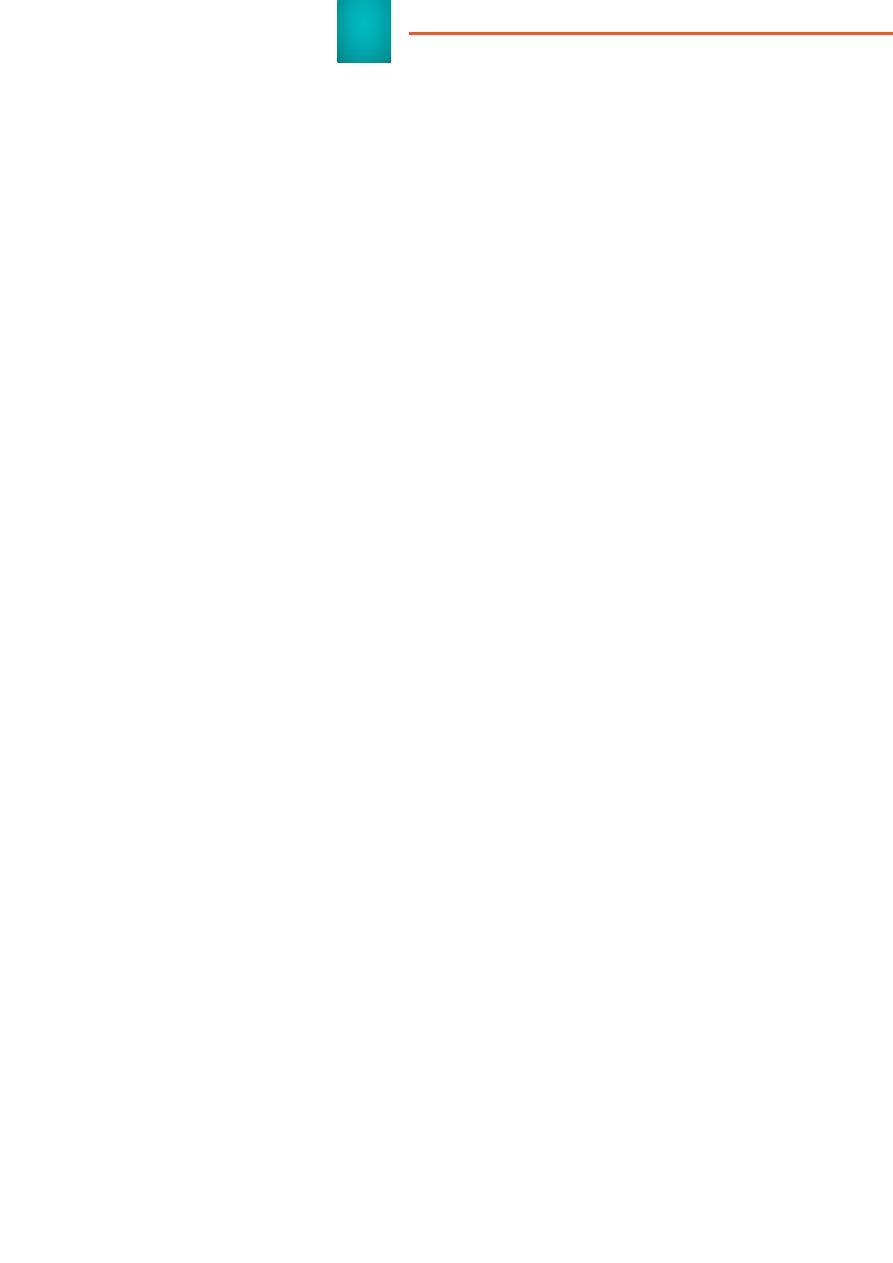
16
— How is the work with do-
mestic manufacturers of elec-
tronic components arranged?
— R&D has begun to analyze
domestic ECB and the possibility
of creating microprocessor-based
relay protection devices made of
domestic components. This would
enable analyzing the up-to-date
industry opportunities, taking ac-
tion on further development of do-
mestic ECB and assign the tasks
for production in the near future.
The company has a constant con-
tact with manufacturers in terms
of development, clarification and
execution of new requirements in
standards and technical documen-
tation.
— How is the system for
improving the knowledge and
qualifications of personnel ar-
ranged?
— In PJSC Rosseti improving
the knowledge and qualifications
of personnel is one of the most
important challenges, that is ad-
dressed through apprenticeship
at training centres, seminars, and
interregional professional skills
competitions for personnel in-
volved in maintenance of RPA and
CPCS devices.
Competitions are held both to
improve the qualification of RPA
and CPCS personnel and to qualify
the technical level, practical skills
and preparedness of RPA and
CPCS personnel for joint actions
during maintenance of substation
equipment with highly-automated
control intelligence, including the
substation architecture of type
II and III.
The scope of the event pro-
vides both remote and face-to-
face stages.
In 2021, the fi rst Interregional
Competitions consisting of two
stages – remote and face-to-face –
were held at the PJSC Rosseti
Lenenergo training complex.
The remote stage was held as
videoconferencing on the follow-
ing topics: Remote Monitoring and
Analysis of RPA Devices Opera-
tion and Remote Diagnostics and
Troubleshooting of CPCS/Infor-
mation Acquisition & Transmission
System. The tasks of the competi-
tion remote stage were prepared
on the basis of real technological
failures that occurred in the power
system.
The second stage of the com-
petition was held in the PJSC Ros-
seti Lenenergo training center and
it consisted of 8 stages. To test
the knowledge and practical skills
of RPA and CPCS personnel in
terms of solutions used at type III
substations architecture, a stand
of standard RPA and CPCS cabi-
nets (type III substation architec-
ture) from nine leading Russian
manufacturers was deployed.
In 2022, professional skills
competitions were held for RPA
and CPCS personnel on the Re-
mote Analysis of Functioning and
Diagnostics of RPA and CPCS
topic, where, in addition to the per-
sonnel of Rosseti group of compa-
nies, specialists of state produc-
tion association of the electric
power industry "Belenergo" of the
Republic of Belarus and students
from profession-oriented univer-
sities (Vologda State University,
Nizhny Novgorod State Technical
University, North-Caucasus Fed-
eral University and Chuvash State
University) took part.
PJSC Rosseti also uses a per-
mit system for independent work
on RPA devices and auxiliary sys-
tems and equipment, the RPA de-
vices operation depends on. It is
a separate tool to encourage per-
sonnel to master new equipment.
Permits are divided into 4 catego-
ries according to the level of com-
plexity of devices and auxiliary
systems. To obtain a certain permit
of the appropriate category for the
level of complexity of RPA devices
and auxiliary systems, personnel
are first trained to obtain the per-
mit to work independently accord-
ing to a pre-designed individual
training program. The program de-
termines the scope of knowledge
and the number of hours for their
study, including apprenticeship
in specialized personnel training
centres, with the appointment of
a training supervisor.
For a certain number of permits
to work independently, an employ-
ee may be granted a redundancy
pay for high qualifications.
— How is the work with the
scientific community arranged
in terms of improvement of re-
lay protection schemes and
algorithms of protection con-
struction?
— Currently,
manufacturers
work group to analyze the de-
veloped standards and technical
documentation has been orga-
nized. This provides the possibil-
ity to familiarize with standards
and technical documentation in
advance and to prepare products
for new requirements. The work
group makes it possible to devel-
op standards and technical docu-
mentation of higher quality, since
discussion by all manufacturers
makes standards and technical
documentation more harmonious
and realizable. The Department
also works with Rosseti’s Science
& Technology Council and heads
Section 3 there. The discussion
on the RPA and CPCS Develop-
ment Concept during the Science
& Technology Council allowed us
to introduce a significant scien-
tific component. Currently, we are
planning to expand our work with
universities. Now Ivanovo Power
Engineering Institute is imple-
menting a software package for
calculating emergency modes in
phase coordinates. This will allow
us to abandon imported software
in the future and to use only do-
mestic software.
— One of the most important
information sources for further
improvement of RPA systems
is interaction with the System
Operator, Rostechnadzor, and
other organizations while in-
vestigating the causes of ac-
cidents and analyzing system
operation when responding to
associated events. How is such
work arranged at Rosseti group
of companies? What experience
has been gained and used for
further work?
— In case of technological fail-
ures in the power system, a com-
mission must be appointed, the
equipment status must be checked,
and the serviceability and correct
operation of RPA devices must be
analyzed. In case of a gross failure,
FOCUS
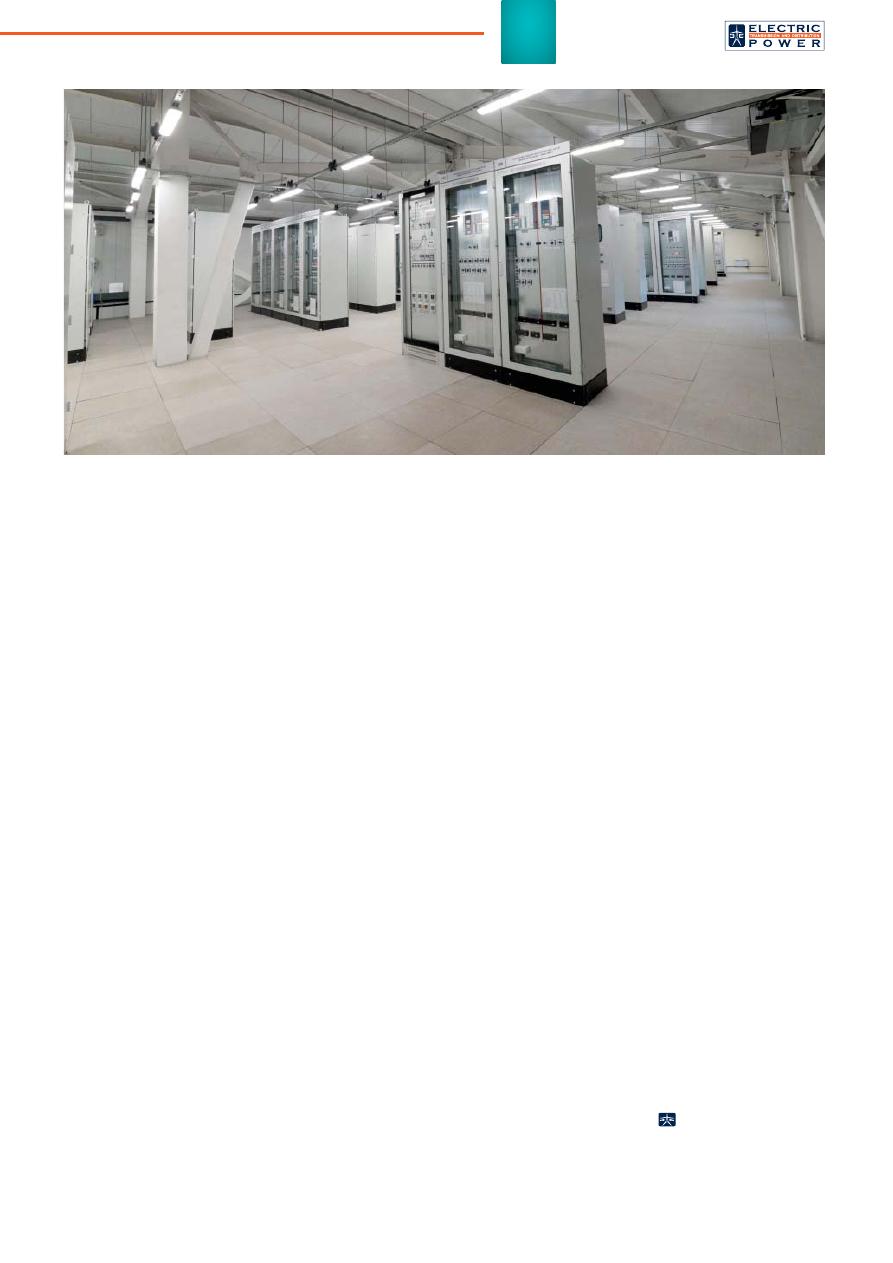
EP Shanghai 2023
Special issue, November 2023
17
the commission includes represen-
tatives of the System Operator and
Rostechnadzor. Based on the com-
mission's work results, measures
are developed to improve the pow-
er system reliability.
Why wait for an accident when
it can be prevented? Rosseti group
of companies is actively develop-
ing automated monitoring of RPA
and CPCS devices supported by
the Ministry of Energy of the Rus-
sian Federation and the System
Operator: we have issued organi-
zational standards with technical
requirements for automated sys-
tems and implemented pilot proj-
ects. In the near future, we plan to
finalize the Russian National Stan-
dard with requirements for an auto-
mated monitoring system for RPA
devices and CPCS equipment and
to start replicating the developed
solutions at substations of Rosseti
group of companies (the list of pri-
ority substations for implementa-
tion has been compiled jointly with
System Operator).
Currently, the power industry
continues to develop the Unified
Information Model of the power
system for creating a common
information model and a unified
format for information exchange,
ensures integration of databases
between different hardware and
software packages and exchange
of technological information be-
tween energy companies. In co-
operation with the System Opera-
tor, the relevant Russian National
Standard with requirements for
unification of the RPA device
structure was approved.
Moreover, the Rosseti group
of companies continues the digi-
talization of business processes
related to the organization of op-
eration and maintenance of RPA
and CPCS devices, wherefore
purpose the Operation software
and hardware suite is being de-
veloped.
The Operation software and
hardware suite contains a tool
for online monitoring of function-
ing and index figures of RPA op-
eration, that enables us to prevent
an emergency situation, to detect
a faulty device or an error in the
setting or an operation algorithm,
to develop anti-accident measures
and to ensure control of their ex-
ecution using computer-aided pro-
cedures.
— Summarizing the above,
what development priorities
should be addressed in the near
future?
— Relay protection and com-
puterized process control sys-
tems are one of the most knowl-
edge-intensive and innovative
areas. On the one hand, this
opens up multifold possibilities
for development, and on the oth-
er hand, this calls for thoroughly
analyzing the results of imple-
menting innovative solutions and
making timely adjustments to de-
velopment plans.
Progressive advance in devel-
opment should always be in line
with the main goals and objectives
of the integrated power grid. Im-
portant components of a balanced
approach are the assessment of
technical and economic perfor-
mance of implemented technical
solutions throughout the entire life
cycle of equipment, analyses of
operation and active involvement
of operation staff in advanced de-
velopments, implementation and
mastering of new equipment. The
highest priority task is undoubt-
edly the import substitution of
key components that make up the
structure of RPA and CPCS con-
struction, while maintaining pro-
gressive advance in development.
Close cooperation with the sci-
entific community, including uni-
versities, RPA and CPCS device
manufacturers and domestic ECB
manufacturers, introduction of
new tools for equipment support
throughout the entire life cycle is
the key to successful solution of
this task.
Interviewed by
Vsevolod Pimenov
RPA at the Lesnaya 220 kV substation of PJSC Rosseti branch – MES of Siberia
Оригинал статьи: The Digital Foundation for Power Grids Reliability
In 2022, the Concept for the Development of Relay Protection, Automation and Сomputerized Process Control Systems of the Integrated Power Grid of the Rosseti Group of Companies was approved. The Concept includes essential measures required to ensure the reliable operation of the integrated power grid. We talk to Alexander SALENOV, Head of the Department of Relay Protection, Metrology, and Сomputerized Process Control Systems at PJSC Rosseti, about the top requested technologies and solutions to provide the required level of automation in the power grid sector, as well as Rosseti’s efforts to improve relevant processes, to organize personnel training and to develop common standards in this area.





